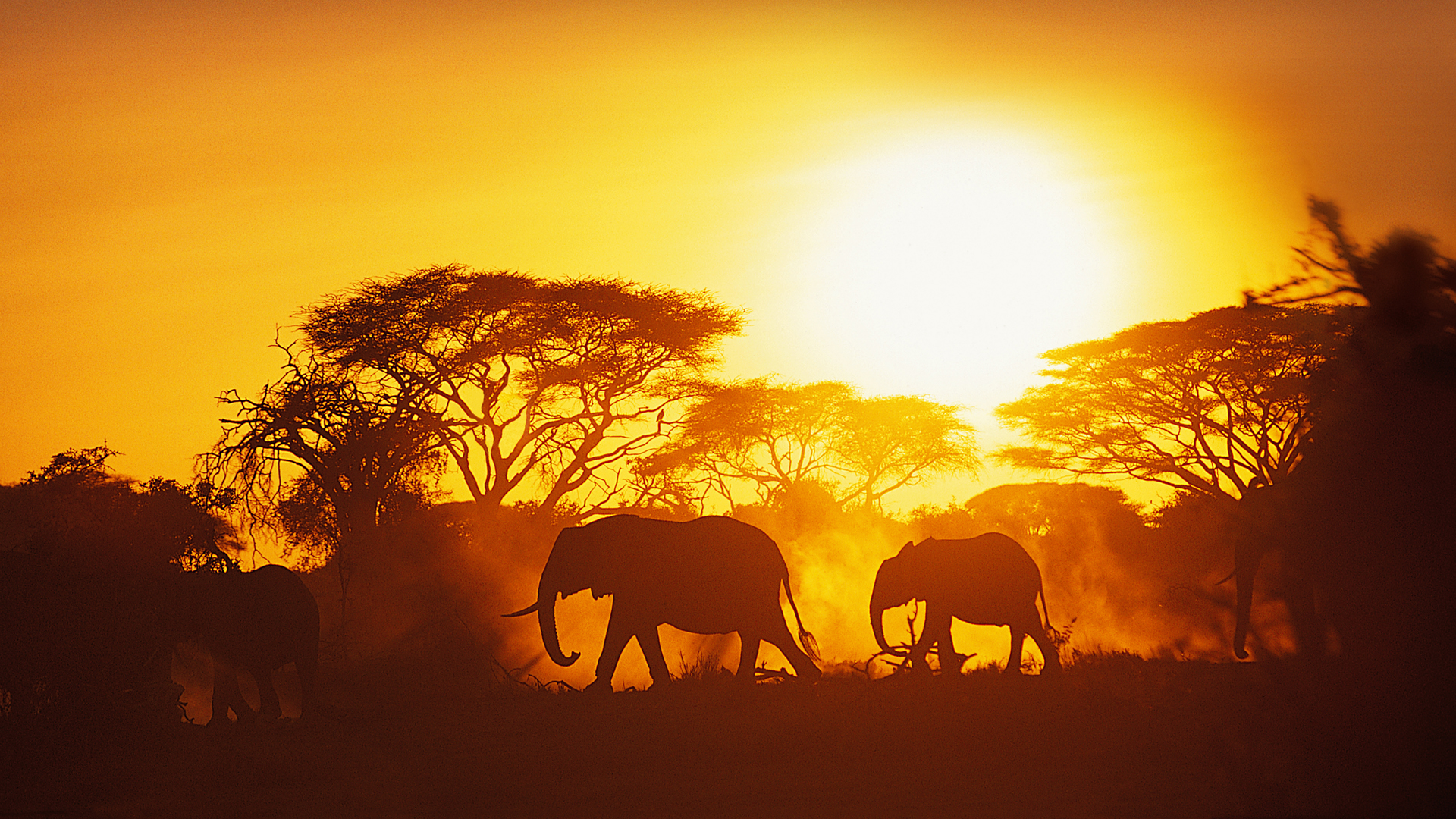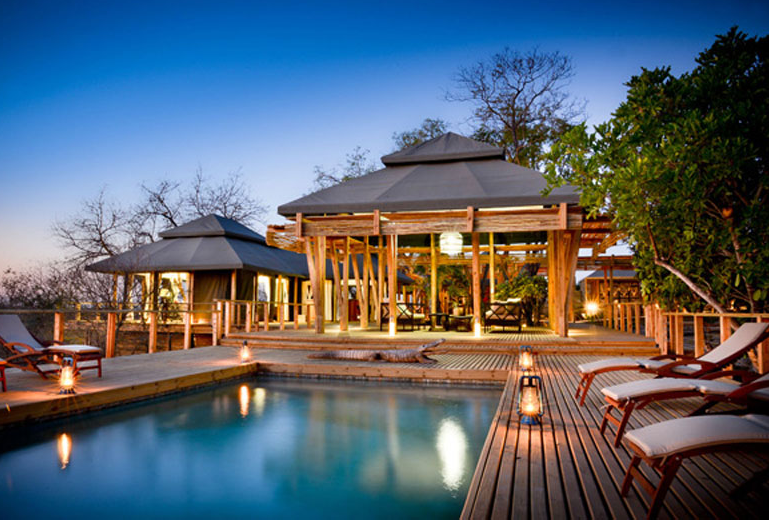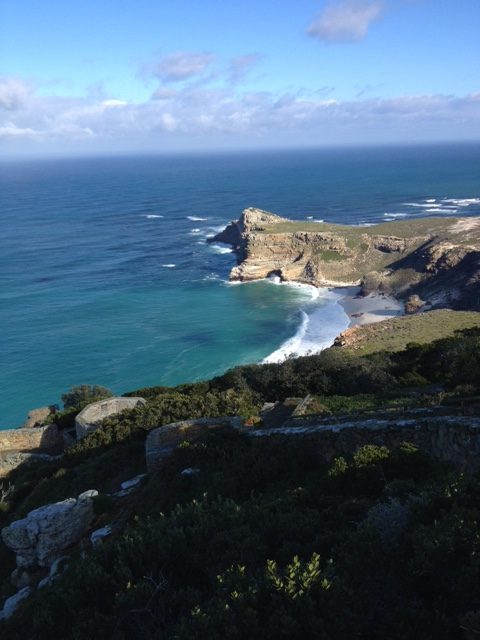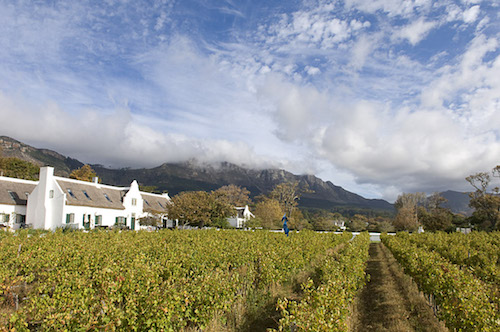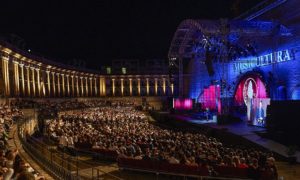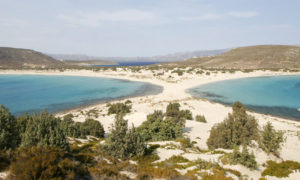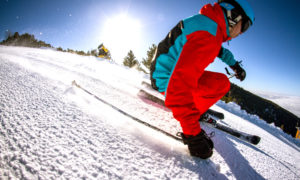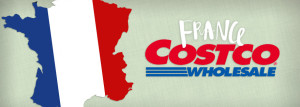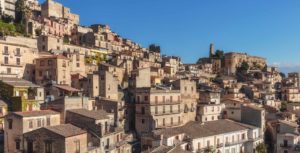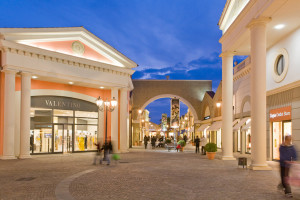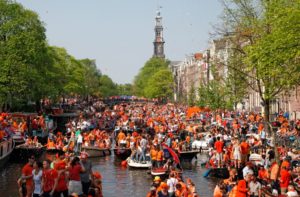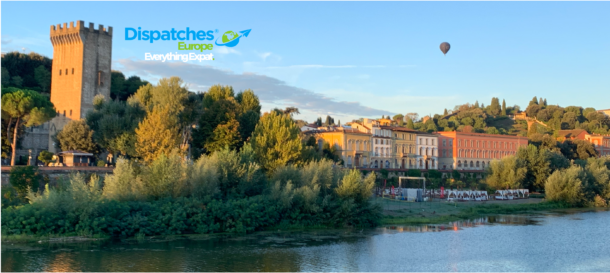(Editor’s note: This post is part of our continuing series of travel stories about unconventional destinations accessible to Europe-based expats. A number of airlines including Lufthansa offer daily flights from Europe to Johannesburg and Cape Town.)
BY DR. LINDA KORFHAGE
Though we’ve traveled from Europe to New Zealand to Turkey, South Africa had not been on our radar screen until our friends Shawn and Tara invited us to join them on a safari there.
When we started researching things to do, we got excited about our upcoming trip … deciding to combine our safari with a short guided slackpacking hiking trip (we did not carry our own food or gear) on the Garden Route in southwestern South Africa near the Indian Ocean.
Kruger Park
We arrived in Johannesburg after a 15-hour flight from the United States and began a 5-day safari divided between Kruger Park proper and an adjacent private reserve. We went in June, South Africa’s winter and Kruger’s dry season, featuring warm sunny days and cool nights. We considered the season ideal because almost no mosquitos (vectors for malaria) or snakes are around in winter.
Kruger is home to some 12,000 white rhinos. (Unfortunately around 10 percent of these animals are illegally slaughtered each year for their tusks which are valued by the Chinese for their alleged aphrodisiac properties.)
For the four American couples in our group, the days revolved around two safari drives through the park – one at dawn, then a second in the mid-afternoon.
Our guide was Neil, a florid and talkative 60-year-old South African native. The park was crowded, but we had no trouble seeing all the “big five” including many white rhinos, and amazing leopards, which are notoriously reclusive. A popular option is to take a bush walk in the park, where you can track the larger animals by their prints and scat, and see smaller animals and flora up close.
In reality, you rarely see the large animals on the bush walks. One couple in our group chose this option and missed the safari drive, where we saw the best leopard viewing.
Accommodations
The accommodation in Kruger for each couple was a small but adequate round hut with a private bathroom.
For the second half of our safari, we and our friends stayed in a luxurious resort called Simbavati Hilltop Lodge in a private reserve. Each couple stayed in a large tented room set up on its own wooden deck, with outside showers and wonderful views of the wildlife below us.
Because there are no fences, the animals can and do come to the lower decking, especially the elephants who make a terrifying racket as they pass by. At night we heard the whoop of hyenas and an occasional lion roar.
Aside from the fancy digs, the advantage of a private reserve is that you can go off-road to track the animals.
We tracked lions and leopards on our drives, getting scarily close to a leopard, and got up close and personal to elephants and a Cape buffalo. Another fun feature was the evening sundowner rides where we toasted the evening with cocktails and hors d’oeurves. I would not recommend the private reserve as the sole safari option, however, because there are far fewer animals to observe than in Kruger. We didn’t see any rhinos there, and I talked to a couple who had been there for four days and had not seen a single lion or leopard.
Capetown
After the safari we flew to Cape Town and rented a car. A GPS is highly recommended because our Internet access was spotty. We stayed in the scenic Western Cape and spent a busy day checking out the attractions. A small but visit-worthy penguin colony was close by at Boulders beach in Simons Town, and a 2-hour drive took us to the Cape of Good Hope with gorgeous ocean views and a lighthouse.
We completed the scenic loop through mountain passes. And no trip to South Africa would be complete (for us anyway) without stopping by a few wineries.
On the advice of our hostess at the Mariners Guesthouse we visited Steenberg Farm winery. (Which is also a luxury hotel and restaurant.) It was worth a visit even if you don’t like wine. The setting was beautiful, surrounded by mountains and with lush landscaping including a water garden.
Inside was a modern bar topped by a colorful chandelier, with comfy inviting couches where you can taste wine while soaking in the scenery.
Next we went into Constantia and visited Eagles Nest winery. It had a totally different vibe, being small, minimally decorated with whitewashed walls, close tables and a boisterous crowd. We had a simple lunch there of goulash and crusty bread.
The soup was full of tender and spicy shredded meat and was definitely the best lunch I had on the trip.
The next day we started the 6-hour drive to Plettenberg Bay along the garden route. We arrived in a downpour with predictions of gale force winds for the next day. Fortunately, the prediction was wrong and the day dawned sunny and calm.
We met our guide Garth, a 40-ish mountain climber and travel guide entrepreneur, for a 3-day/ 2-night hike. We started in Nature’s Valley Restcamp campground and hiked a loop along a beach and through forests and fynbos. Garth was patient with our slow hiking pace and used our frequent rest stops to teach us about the birds, trees, flowers, and fynbos along the way.
We ended up in a tiny cabin in the same campground, and because we had access to our car we decided to drive three kilometers to the local pub. There we were rescued from a chilly outside table by Anton and Lene, a South African couple visiting their vacation home in Nature’s Valley. We sat in the pub and had a great conversation about our lives in the U.S. and South Africa and met their beautiful and charming teenaged daughters. They were such lovely people that they invited us over to their house where they served us drinks and fried us up a steak, reminding us that travel is all about the people we meet.
The second day’s hike was to the Tsitsikamma mountains, a long beautiful hike that started by fording a creek up above our knees in 4-degree Centigrade weather. The day soon warmed as we climbed toward our accommodations for the night, a communal shelter shared with about 40 teens from a church camp.
(If you take this trip, regard the Nature’s Valley brochure’s promise of hot showers with a large grain of salt.) Nevertheless, we were warm enough in our sleeping bags and descended out the next day to say goodbye to Garth and spend a day of R&R in the picturesque nearby town of Wilderness before heading back to the airport and home.
FYI
Because of the strong dollar and euro versus the rand, once you get to South Africa, the trip is quite inexpensive. Most of the hotels/guest houses were $60 to $80 and included full breakfast. Car rental, food and drinks were very reasonable, often less than $30 for a casual meal for two, and a few beers. South Africa has good infrastructure, with very good roads and clean drinking water at all our hotels.
I know that South Africa does have pockets of high crime especially in the big cities. We were careful, stayed in touristy areas in Joburg and Cape Town and did not ever feel unsafe.
South Africa met our expectations as an exotic vacation destination. We were especially pleased that we could go off on our own to experience the diverse geography, see the lovely deserted beaches in the off- season, and meet friendly and interesting South Africans.
About the author: Dr. Linda Korfhage is a retired pathologist from Kentucky. She and her husband Michael enjoy hiking and adventure travel.


